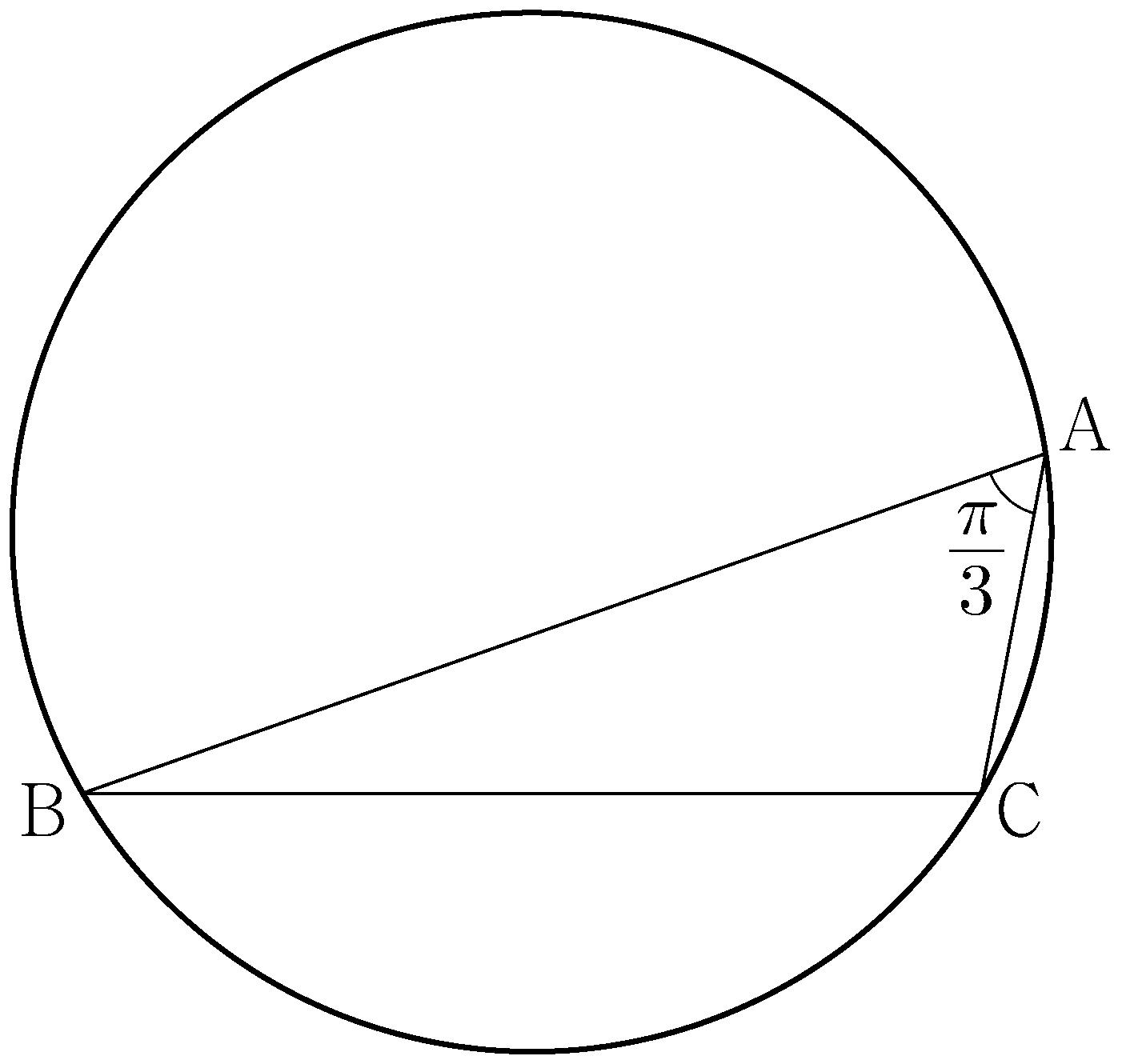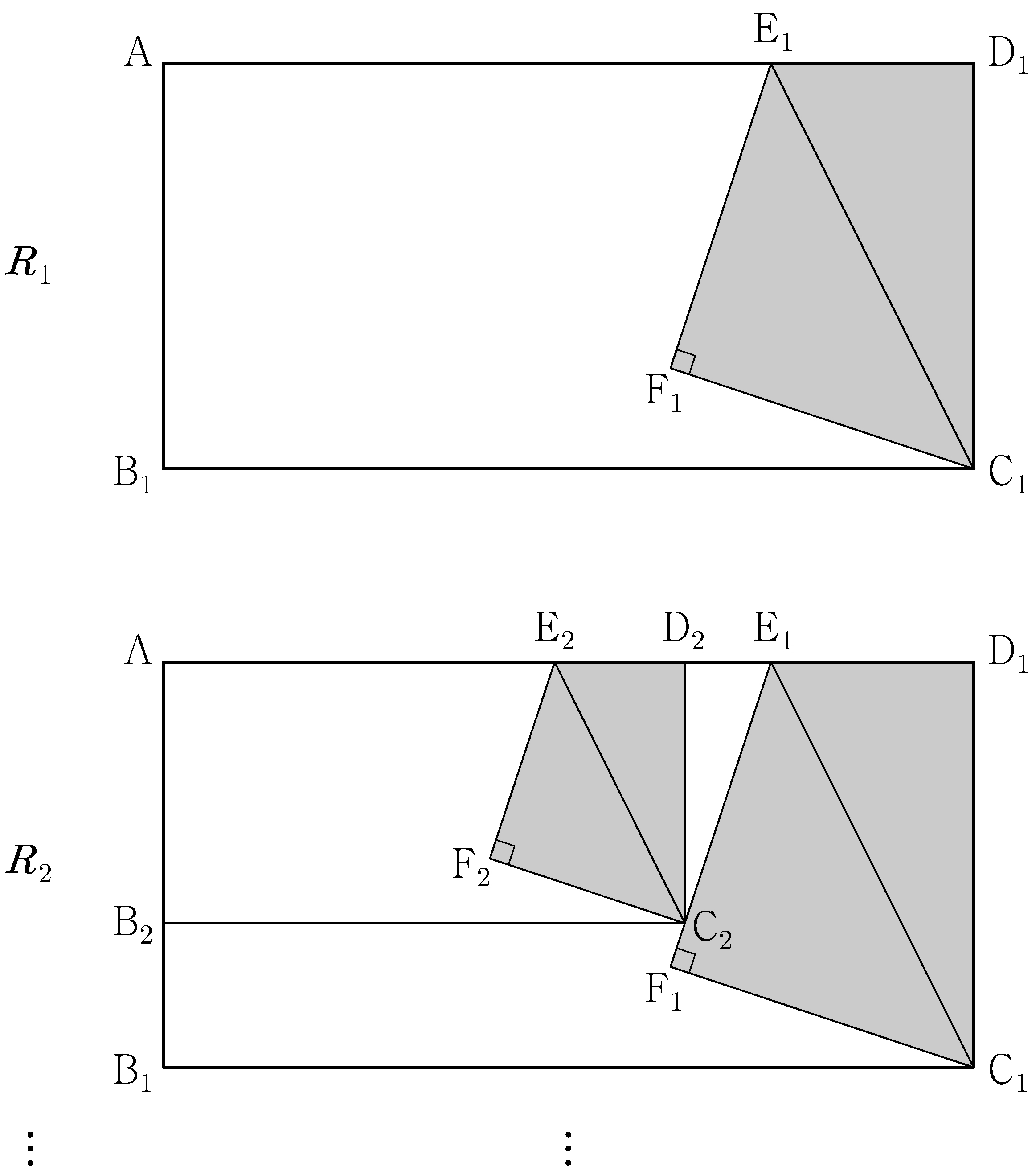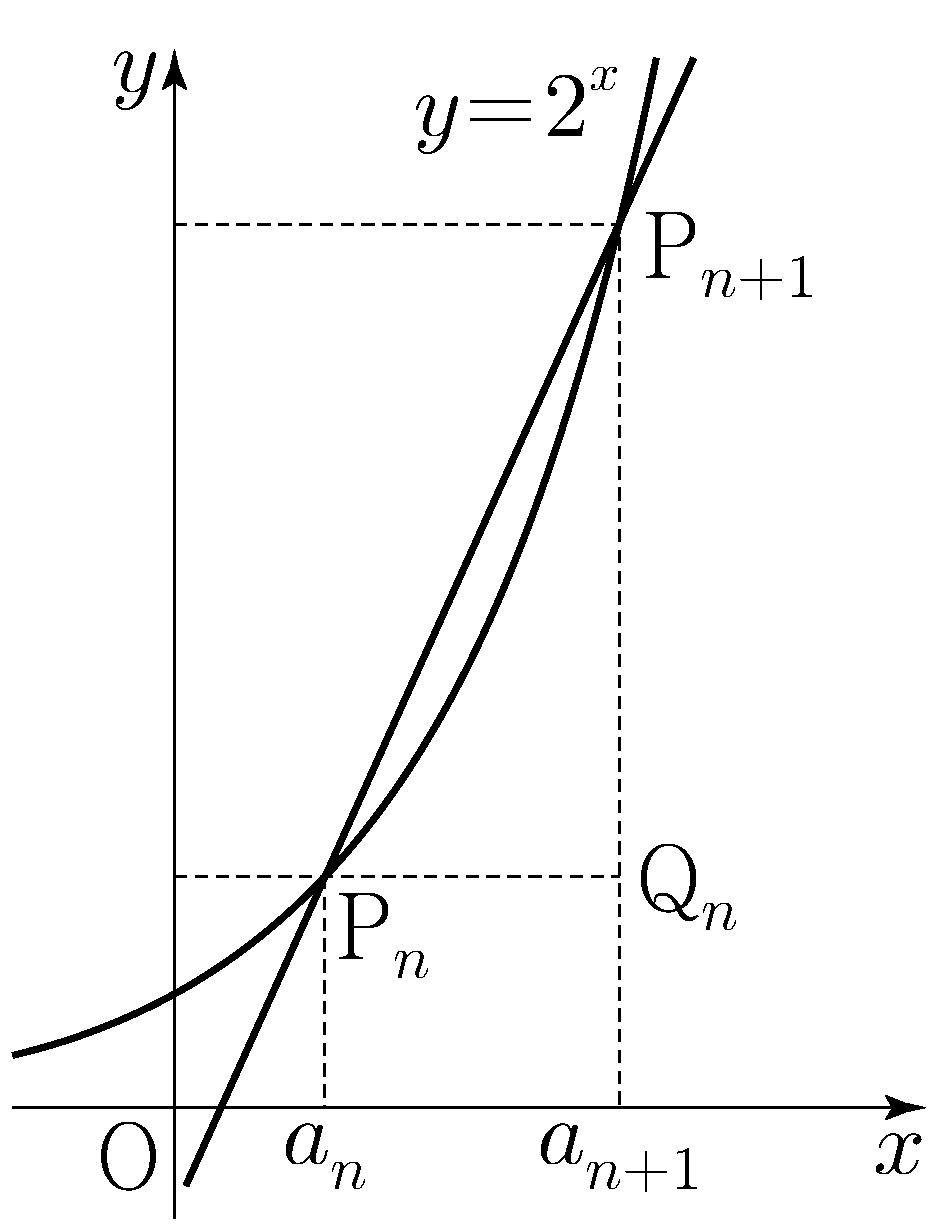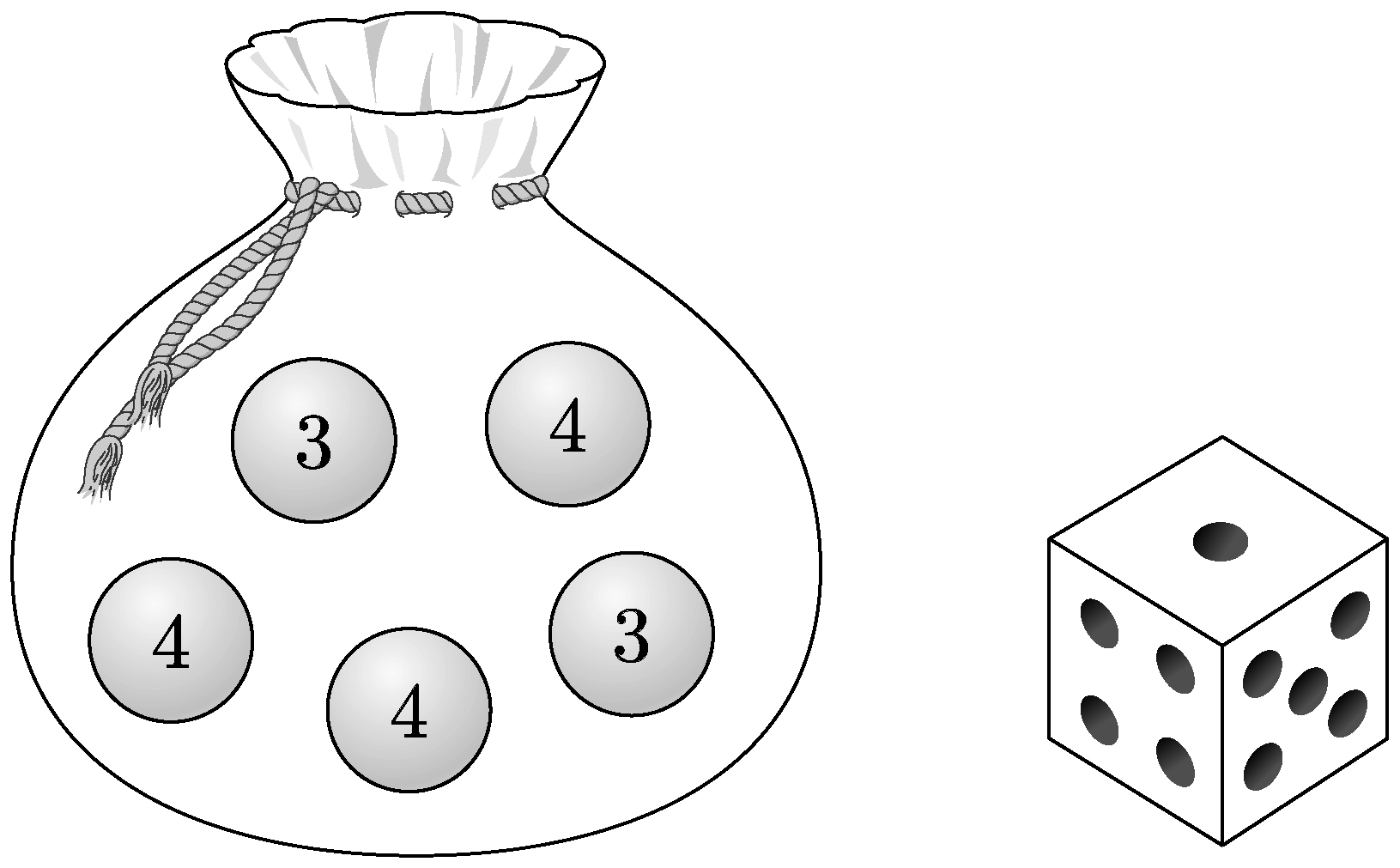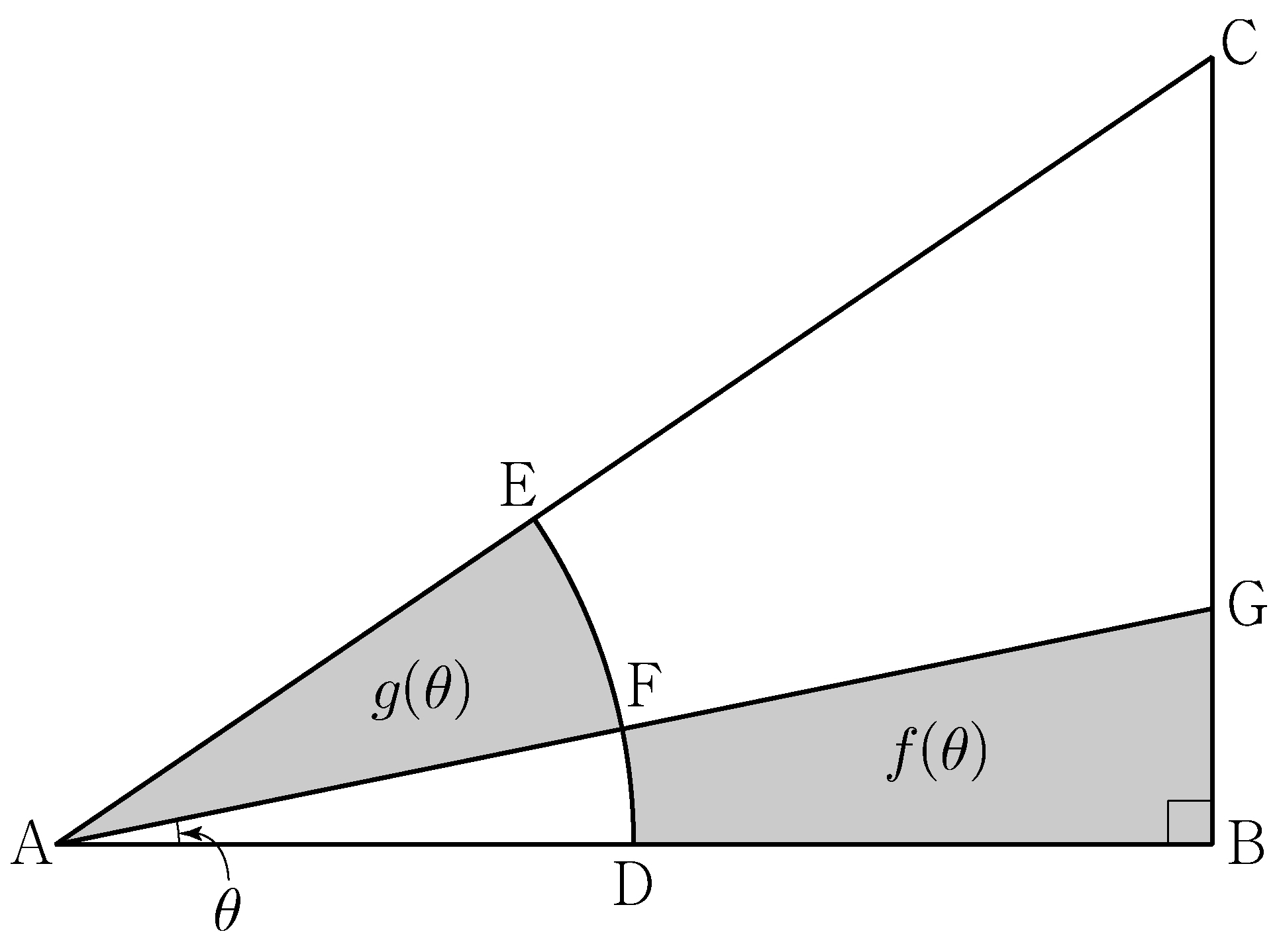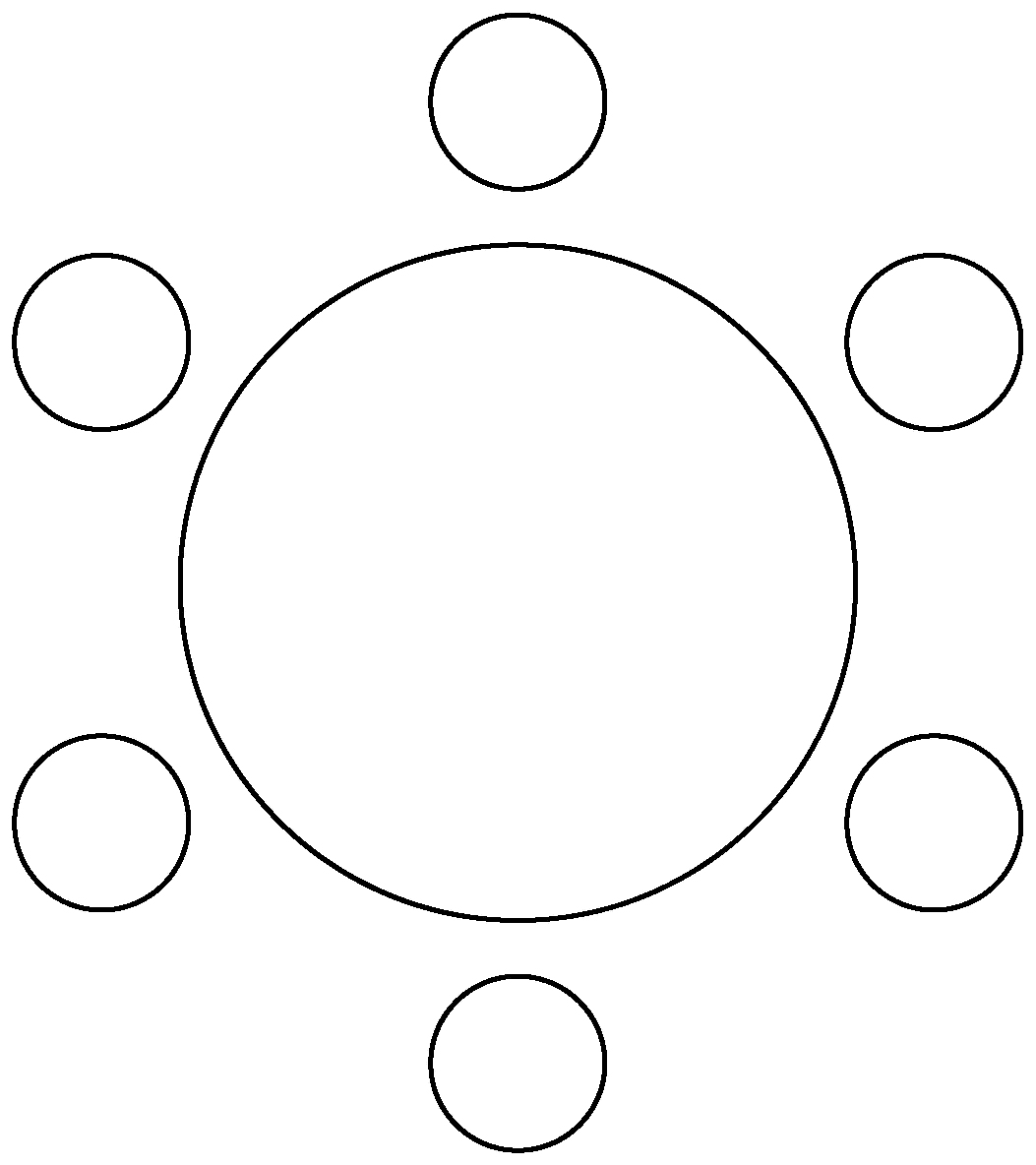\(a_n<a_{n+1}\) for all positive integers \(n\),
and a line passing through points
\(\mathrm{P}_n\big(a_n,2^{a_n}\big)\) and \(\mathrm{P}_{n+1}\big(a_{n+1},2^{a_{n+1}}\big)\)
has a slope of \(k\times 2^{a_n}\).
A line passing through points \(\mathrm{P}_n\) and \(\mathrm{P}_{n+1}\)
has a slope of \(k\times 2^{a_n}\), so
\(2^{a_{n+1}-a_n}=k(a_{n+1}-a_n)+1\).
In other words, \(a_{n+1}-a_n\) is a solution to the equation
\(2^x=kx+1\) for all positive integers \(n\).
Since \(k>1\), the equation \(2^x=kx+1\) only has one positive solution \(d\).
Therefore \(a_{n+1}-a_n=d\) for all \(n\),
so \(\{a_n\}\) is an arithmetic progression with a common difference of \(d\).
Since point \(\mathrm{Q_n}\) has coordinates \(\big(a_n+1,2^{a_n}\big)\),
\(A_n=\dfrac{1}{2}(a_{n+1}-a_n)\big(2^{a_{n+1}}-2^{a_n}\big)\).
Since \(\dfrac{A_3}{A_1}=16\), \(d=\fbox{\(\;(\alpha)\;\)}\),
and the general term of the sequence \(\{a_n\}\) is
\(a_n=\fbox{\(\;(\beta)\;\)}\).
Therefore \(A_n=\fbox{\(\;(\gamma)\;\)}\) for all positive integers \(n\).

